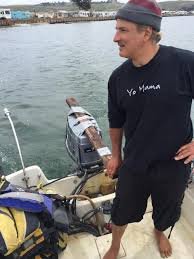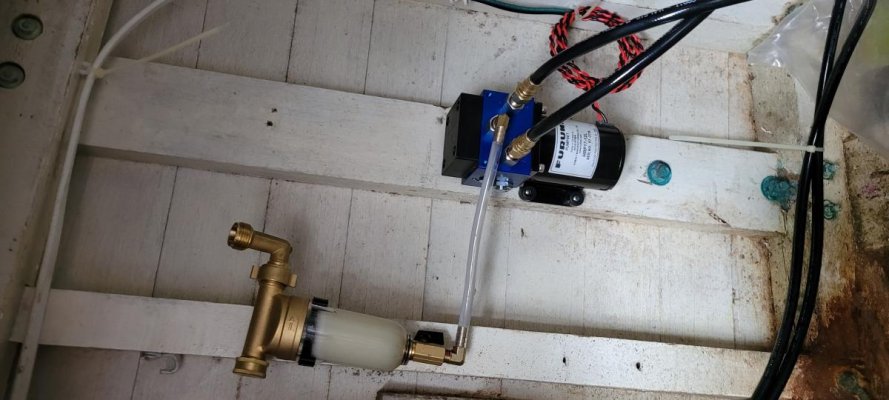ofer
Guru
- Joined
- Apr 10, 2020
- Messages
- 529
- Location
- USA
- Vessel Name
- Unicorn
- Vessel Make
- 1970 50' DEFEVER OFFSHORE CRUISER Timber
need a simple solution for hydraulic steering.
My thoughts....
Reversing auto pilot pump and homemade reservoir of some kind.
Reversing momentary switch. right/left off
Am I missing anything?
My thoughts....
Reversing auto pilot pump and homemade reservoir of some kind.
Reversing momentary switch. right/left off
Am I missing anything?





